"Monopole Hall effect in a metallic chiral magnet"Dr. Kotaro Shimizu , RIKEN, Japan [Host: Gia-Wei Chern]
ABSTRACT:
Topological spin textures like magnetic skyrmions exhibit a stable particle nature due to their topological protection, leading to their utilization as an information carrier in magnetic memory devices. Although exploring the fundamental current-induced dynamics is a pivotal topic for such applications, the studies have been mostly limited to two-dimensional skyrmions [1] and the systematic investigation for three-dimensional (3D) magnetic hedgehogs remains largely unexplored. The topological defect at the core of the hedgehog where spin length vanishes, corresponding to monopoles of the emergent magnetic field for electrons, could bring about current-induced dynamics distinct from skyrmions [2]. |
Condensed Matter Seminar Thursday, June 6, 2024 3:00 PM Physics, Room 323 Note special time. Note special room. https://kotaro-shimizu.netlify.app/ |
To add a speaker, send an email to bss2d@Virginia.EDU Include the seminar type (e.g. Condensed Matter Seminars), date, name of the speaker, title of talk, and an abstract (if available). [Please send a copy of the email to phys-speakers@Virginia.EDU.]
 Physics at Virginia
Physics at Virginia